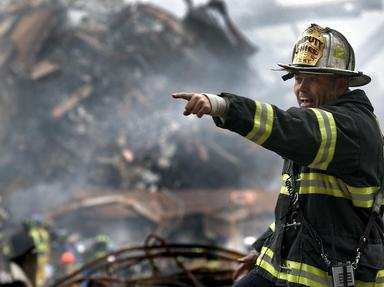Quiz Answer Key and Fun Facts
1. The Great Fire of London raged from 2 September to 5 September 1666. It is often said to have occurred on the 600th anniversary of the Battle of Hastings, which occurred in 1066. Was the fire actually burning on the 600th anniversary of that battle?
2. In 1906, the Californian city of San Francisco experienced a natural event which it had experienced before, and would experience again, but this one has become synonymous with the city. What type of disaster was it?
3. When RMS Titanic sank in 1912, over 1500 people lost their lives. Was this the biggest maritime disaster in terms of loss of life during the 20th century?
4. On 6 December 1917 the SS Mont-Blanc exploded after colliding with the SS Imo in the harbour of what city?
5. The disastrous landing of the passenger airship Hindenburg near Lakehurst, New Jersey on 6 May 1937 may not have involved as many deaths as some other disasters, but it is memorable because of the film and radio recording of the event. In what country had its flight originated?
6. A number of concentration and extermination camps were set up by the Nazis before and during World War II. Which infamous complex was built near the Polish town of Oswiecim?
7. What kind of disaster occurred on 26 April 1986 at Chernobyl, Ukraine?
8. Which of the following was NOT involved in the airplane attacks on United States targets that took place on 11 September 2001?
9. In 2004, the Sumatran-Andaman earthquake triggered what catastrophic event?
10. In August 2005, a hurricane caused extensive damage on the Gulf Coast of the United States from Texas to Florida. At the time, it was the most expensive natural disaster in American history, and the fifth deadliest hurricane. What was its name?
Source: Author
looney_tunes
This quiz was reviewed by FunTrivia editor
bloomsby before going online.
Any errors found in FunTrivia content are routinely corrected through our feedback system.

